Introduction to Your Local Art Scene
Diving into your local art scene opens a world of creativity and inspiration unique to your community. Each city or town boasts its own blend of artists, galleries, and events that reflect the area’s cultural heritage and contemporary trends. Exploring these elements not only enhances your appreciation of art but also supports local talent and fosters community engagement.
Key Elements of the Local Art Scene
- Artists and Artisans
- Every locality has its distinct voices, from painters and sculptors to digital artists and multimedia creators.
- Many artists operate from personal studios, often welcoming visitors to witness their creative process and purchase original work.
- Galleries and Exhibition Spaces
- Art galleries serve as the central hubs for experiencing visual art, ranging from traditional to avant-garde.
- Exhibition spaces might include museums, community centers, and even unconventional venues like cafes and public parks.
- Art Festivals and Events
- Annual art festivals and craft fairs are staples, providing platforms for artists to showcase and sell their work.
- Events such as gallery openings, live art demonstrations, and artist talks offer opportunities to engage with art in dynamic ways.
- Public Art Installations
- Murals, sculptures, and other public art pieces contribute to the visual culture and identity of a locality.
- Such installations are accessible to all and often reflect social, historical, or environmental themes pertinent to the area.
Engaging with the Local Art Community
- Networking and Opportunities
- Forming connections with local artists and art enthusiasts can lead to collaborations, commissions, and educational opportunities.
- Local art councils and organizations frequently offer workshops, classes, and volunteer positions to foster skills and community involvement.
- Support and Patronage
- Supporting local artists through purchases and commissions helps sustain the creative economy and brings unique pieces into your life.
- Memberships with museums or donations to art organizations enable long-term support for cultural initiatives.
Exploring your local art scene involves more than just observing; it’s about engaging, learning, and contributing to the cultural fabric of your community. Whether through direct interaction with artists or participation in art events, each experience enriches both the individual and the broader community.
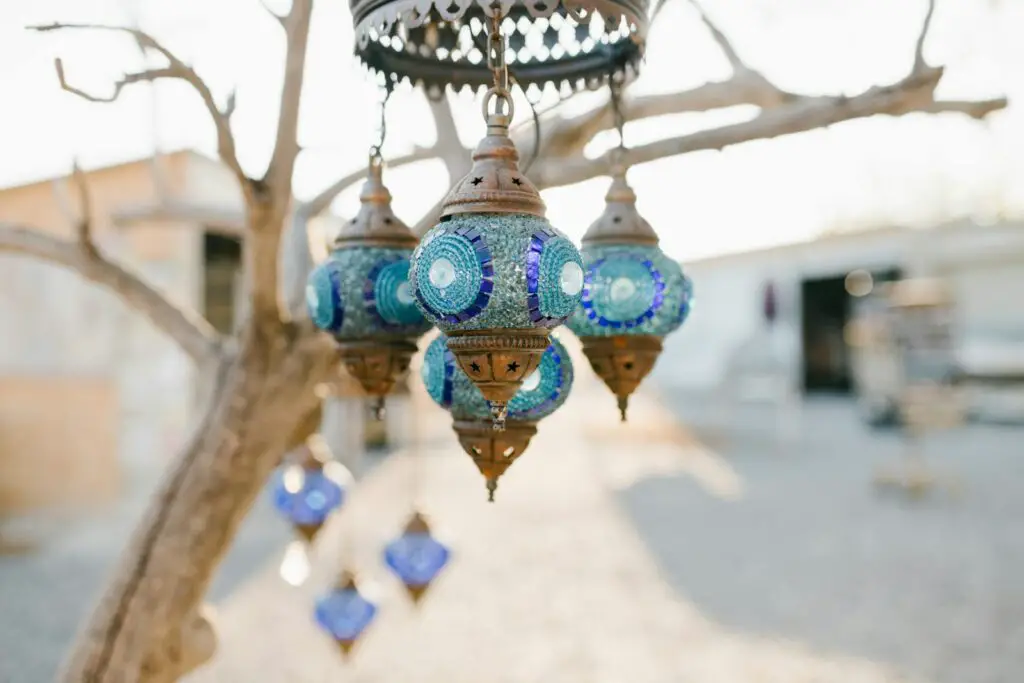
Why Engage with Local Art?
Engaging with local art offers numerous benefits that can significantly enhance both personal well-being and community development. Firstly, it serves as a platform to understand and appreciate the rich tapestry of cultural diversity within a community. Interacting with local artists and their creations provides insights into the unique traditions, histories, and perspectives that shape the local ethos.
Local art also nurtures a sense of community pride and identity. When individuals participate in art events, exhibitions, and workshops, they are contributing to a shared experience that strengthens communal bonds. This shared cultural landscape fosters a sense of belonging and mutual respect among residents.
Economic benefits cannot be overlooked either. Supporting local artists by purchasing their work or attending their events directly contributes to the local economy. Artists often rely on community support to sustain their livelihoods, and thriving arts scenes can attract tourism and further investment in the area.
Educational advantages are another compelling reason to engage with local art. Exposure to diverse art forms and artistic expressions enriches understanding and critical thinking. Art education often extends beyond formal settings, providing lifelong learning opportunities through galleries, public art installations, and community art projects.
Local art functions as a vital form of expression and a channel for social commentary. It provides opportunities to address contemporary issues, provoke thought, and inspire change. When citizens engage with these art forms, they become part of a dialogue that can lead to greater awareness and social progress.
Networking is an additional influential aspect. Art communities offer a convergence point for professionals from various fields, fostering collaboration and innovation. These networks can open doors to new opportunities, skills, and ideas that drive both personal and community growth.
In conclusion, engaging with local art nurtures cultural appreciation, community pride, economic vitality, educational enrichment, social awareness, and professional networking. This involvement is a cornerstone for cultivating a vibrant, dynamic, and resilient community.
Researching Local Art Channels
Thorough research is crucial when delving into the local art scene. Identifying primary sources of information can streamline this process, allowing one to uncover varied and rich artistic expressions within the community.
Online Resources
Numerous online platforms provide comprehensive information about local art channels:
- Official Websites: Many local galleries, museums, and art events maintain official websites. These sites typically include information about current and upcoming exhibitions, artist profiles, and event schedules.
- Social Media: Platforms like Instagram, Facebook, and Twitter serve as crucial tools for artists, organizations, and art enthusiasts. Following relevant hashtags, accounts, and groups can lead to discovering local talent and events.
- Art Blogs: Dedicated blogs often provide insider views, interviews, and critiques of the local art scene, offering a nuanced perspective on the latest trends and exhibitions.
Local Publications
Local newspapers and magazines frequently feature art sections. These publications can be invaluable sources of information:
- Event Listings: These often include detailed descriptions and schedules of upcoming exhibitions, workshops, and art fairs.
- Reviews and Features: Articles by local art critics and journalists provide insights and highlight key aspects of the art community.
Community Centers and Libraries
Community hubs such as libraries and cultural centers often serve as focal points for local artistic activities:
- Bulletin Boards: Physical and virtual bulletin boards at these locations often display flyers and announcements for art events.
- Workshops and Classes: They frequently host workshops, classes, and lectures that can offer deeper engagement with the local art scene.
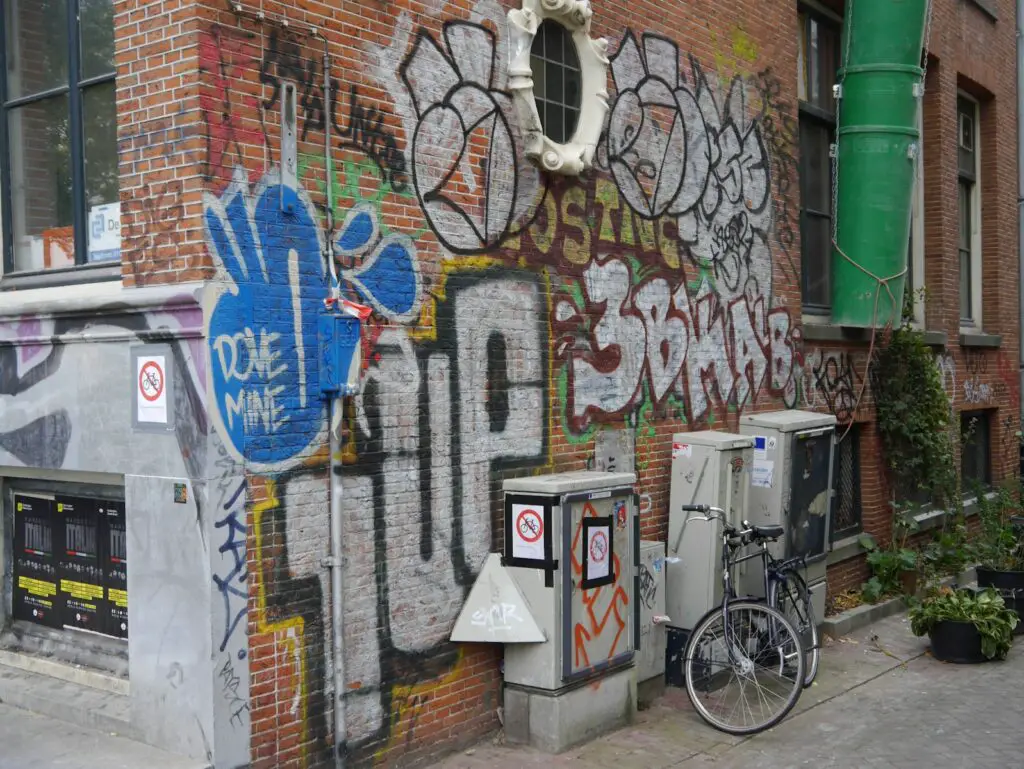
Art Associations and Groups
Engagement with local art associations, clubs, and collectives can facilitate meaningful immersion in the art community:
- Membership Opportunities: Membership in these groups often includes access to exclusive events, networking opportunities, and artist directories.
- Collaborative Events: These organizations typically organize collaborative events such as art walks, open studios, and gallery nights that showcase local talent.
Networking and Word-of-Mouth
Personal interactions and recommendations can uncover hidden gems:
- Artist Introductions: Meeting local artists at openings or events can lead to personal recommendations and insights.
- Word-of-Mouth: Casual conversations with locals, art buyers, and curators often reveal lesser-known but noteworthy art activities.
Researching local art channels effectively involves utilizing multiple avenues, ensuring a well-rounded understanding of the community’s artistic offerings.
Visiting Local Art Galleries and Museums
Local art galleries and museums offer unique insights into the cultural and historical context of a community. Engaging with these institutions can greatly enhance one’s appreciation for various art forms while supporting local artists and historians.
- Research the Venues: Investigate the local art galleries and museums available in your area. Utilize online resources, local directories, and social media platforms to gather information regarding current exhibits, operating hours, and special events.
- Understand the Focus: Each gallery and museum typically has a particular focus, be it contemporary art, traditional works, regional artists, or historical artifacts. Understanding the specialization can help tailor visits according to personal interests.
- Visit during Off-Peak Hours: To ensure a more personal and less crowded experience, consider visiting during off-peak hours. Many venues offer quieter environments on weekdays or in the early hours of operation.
- Engage with Curators and Staff: Museum curators and gallery staff are valuable resources. They can provide deeper insights into the exhibits, explain the significance of particular works, and even suggest additional materials for further exploration.
- Participate in Guided Tours: Many institutions offer guided tours that highlight important pieces and provide context. Participating in these tours can enhance understanding and appreciation of the art or historical artifacts on display.
- Take Advantage of Educational Programs: Workshops, lectures, and seminars frequently accompany exhibitions. These programs can offer meaningful educational experiences and opportunities to engage with experts in the field.
- Support Local Artists and Historians: Purchasing artwork, memberships, or donating to local institutions supports the sustainability of these cultural hubs. It ensures the continuation of exhibitions and the livelihood of local artists and historians.
“Art enables us to find ourselves and lose ourselves at the same time.” – Thomas Merton
- Document Your Visits: Keeping a journal or photographic record of the visits can provide a way to reflect on and remember the experiences. It can also inform future visits and enhance ongoing engagement with the local art scene.
Investing time in visiting local art galleries and museums enriches one’s understanding of the arts and history, fostering a deeper connection to the community.
Attending Art Fairs and Festivals
Attending art fairs and festivals is an essential aspect of exploring the local art scene. These events offer unique opportunities to view a diverse array of artwork, often brought together under one roof or within a single area. Art fairs typically feature both established and emerging artists, providing a broad spectrum of styles and mediums.
Benefits of Attending
- Exposure to Various Art Forms: Art fairs often display paintings, sculptures, installations, and digital art, allowing attendees to experience different forms in one place.
- Networking Opportunities: These events attract artists, collectors, critics, and gallery owners, offering excellent networking opportunities for art enthusiasts and professionals.
- Inspiration and Education: Visitors can gain inspiration and learn about new techniques and artistic trends by observing the works and engaging with artists.
Key Components of Art Fairs
- Exhibition Booths: Artists and galleries set up booths to display their work. This setup allows for easy interaction between artists and potential buyers.
- Workshops and Demonstrations: Many fairs offer workshops and live demonstrations, providing insight into the art-making process.
- Panel Discussions and Lectures: Experts in the field host discussions and lectures on various art-related topics, enhancing the educational aspect of the event.
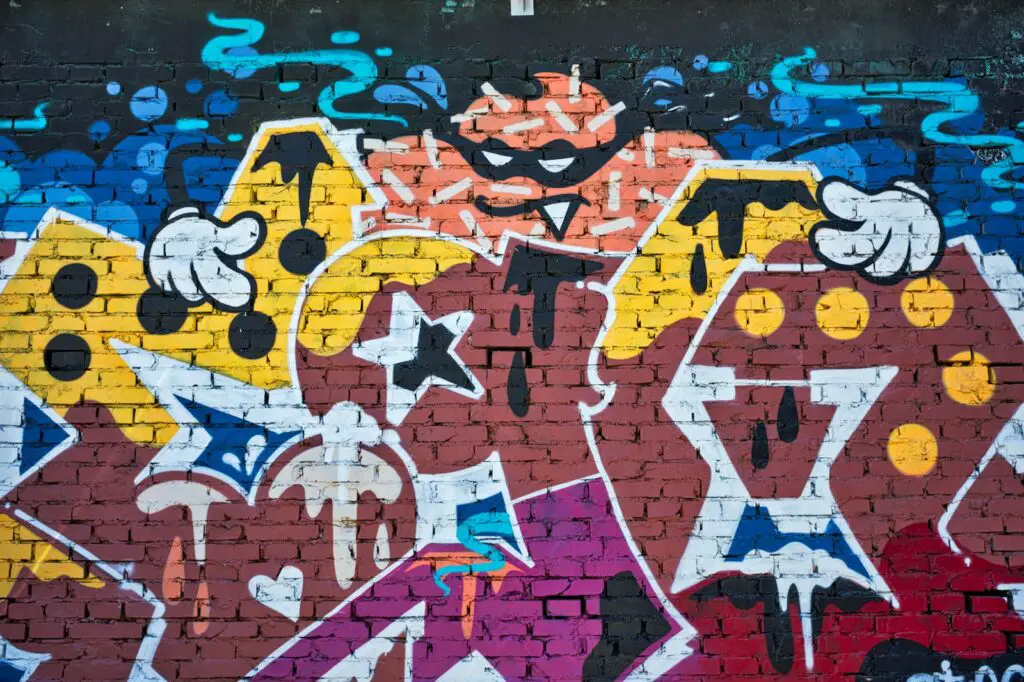
Tips for Attendees
- Plan Ahead: Review the event schedule and map to prioritize which booths and activities to visit.
- Engage with Artists: Take the time to talk to artists about their work, techniques, and inspiration.
- Take Notes: Bring a notebook or use a digital device to jot down interesting information or artists’ names for future reference.
- Dress Comfortably: Wear comfortable clothing and shoes, as these events often involve significant walking.
Local Art Festivals
Local art festivals often take place outdoors, featuring a mix of local talent and traveling artists. They may also include live music, food vendors, and interactive activities. Exploring these festivals can deepen one’s connection to the local community and artistic culture.
Supporting Local Artists
Purchasing art directly from local artists at fairs and festivals supports the creators and contributes to the vitality of the local art scene. Investing in local art ensures that these creative hubs continue to thrive, benefiting both artists and the broader community.
Attending art fairs and festivals is a vital step for anyone looking to immerse themselves in the local art landscape. These events are valuable for appreciation, education, and personal growth in understanding contemporary artistic practices.
Exploring Community Art Centers
Community art centers play a pivotal role in fostering local art scenes. They often serve as hubs for artists, educators, and the public, providing a wide range of resources and opportunities.
Facilities and Programs
Community art centers typically offer:
- Studio Spaces: Accessible studios for various art disciplines, including painting, sculpture, and digital media.
- Exhibition Galleries: Spaces for local artists to display their work and gain exposure.
- Classrooms: Areas designated for workshops, lectures, and hands-on classes.
These centers frequently host:
- Workshops: Skill-building sessions on diverse subjects, from ceramics to graphic design.
- Lectures and Talks: Presentations by established artists, curators, and academics.
- Youth Programs: Art education initiatives tailored for children and teenagers.
Community Engagement
Art centers actively engage with the community through:
- Public Art Projects: Collaborative initiatives that involve community members in creating murals, installations, and other public artworks.
- Art Fairs: Events that bring together local artists, collectors, and residents for exhibitions and sales.
- Residencies: Programs that provide artists with resources and time to develop their work, sometimes culminating in public presentations.
Collaborations and Networks
Community art centers often collaborate with:
- Local Schools: Partnering to integrate arts education into school curriculums.
- Nonprofits: Working with organizations focused on social issues, using art for advocacy and community building.
- Business Sponsors: Engaging local businesses to support art events and programs through sponsorships and donations.
Supporting Local Artists
These centers provide critical support through:
- Grants and Scholarships: Financial assistance for projects or further education.
- Career Development: Resources such as portfolio reviews, artist talks, and networking events.
- Marketing Assistance: Helping artists promote their work through social media, websites, and printed materials.
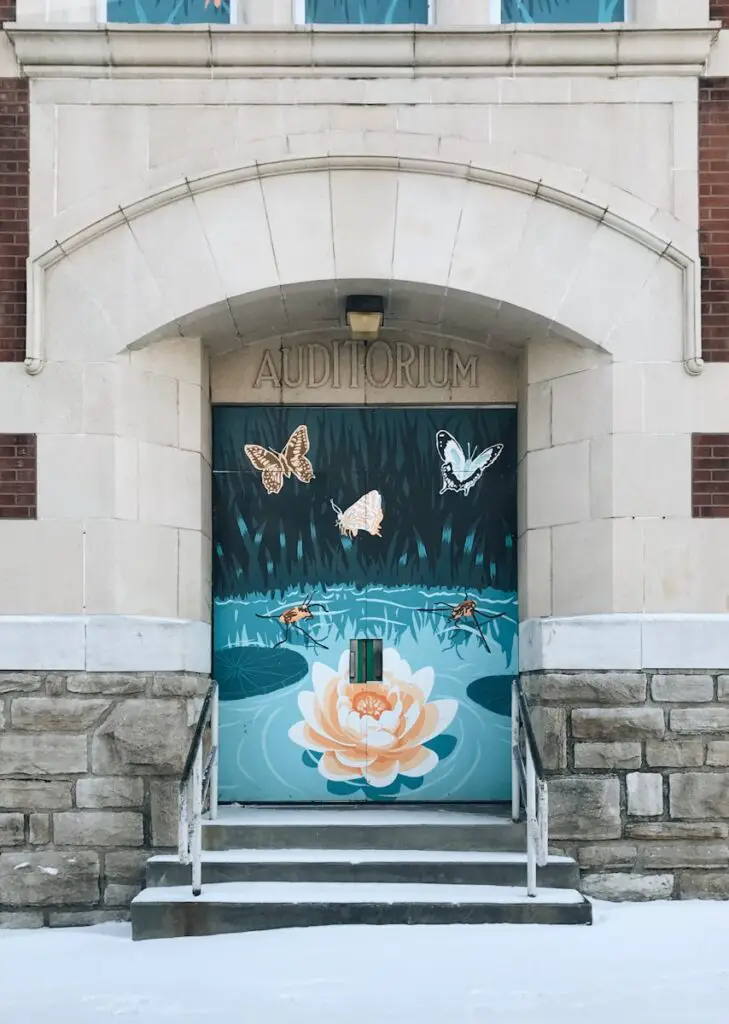
Blockquote:
“Community art centers are the lifeblood of local art scenes, offering indispensable resources for artists and patrons alike.”—Local Art Advocate
By providing these essential services and establishing a foundation for artistic growth, community art centers cultivate vibrant and resilient cultural ecosystems.
Networking with Local Artists and Art Enthusiasts
Networking within the local art scene requires deliberate strategies that foster meaningful connections. Key methods for effective networking include:
- Attend Local Art Exhibitions and Fairs
- Local art exhibitions, galleries, and fairs provide an excellent setting to meet artists and art enthusiasts. Engage in conversations with exhibitors.
- Inquire about their craft, creative process, and inspiration. This demonstrates interest and creates rapport.
- Participate in Workshops and Classes
- Art workshops and classes are ideal for hands-on learning and networking. These events often attract artists and hobbyists eager to share techniques and discuss artistic ideas.
- Enrolling in these activities enables participants to forge connections through shared experiences.
- Join Art Clubs and Associations
- Local art clubs and professional associations offer a structured environment to meet like-minded individuals. Membership often includes access to exclusive events, exhibitions, and networking opportunities.
- Actively participate in club meetings and contribute to discussions to enhance visibility.
- Utilize Online Platforms and Social Media
- Online groups and social media platforms dedicated to the art community facilitate networking beyond physical boundaries. Participate in forums, comment on posts, and follow local artists.
- Utilize platforms like Instagram, Facebook, and LinkedIn to engage with posts, join discussions, and share personal artwork.
- Attend Art Talks and Lectures
- Art talks, presentations, and lectures by established artists and curators offer insights and networking opportunities. Asking questions or participating in discussions can draw attention from peers and presenters alike.
- These events often facilitate post-session mingling where deeper connections can be made.
- Volunteer for Art Events
- Volunteering at art events such as gallery openings or community art projects allows for meaningful interactions. Engagement in the organizational aspects of art events provides unique networking opportunities with fellow volunteers and artists.
- Collaborate on Projects
- Propose collaborative projects with local artists or art students. Joint endeavors often lead to lasting professional relationships and expanded networks.
- Collaboration also enhances exposure within the art community, providing mutual benefits.
- Attend Local Art Meetups
- Meetup groups focused on the art scene offer informal networking opportunities. These gatherings often include activities like sketching, gallery visits, and art critiques.
- Engage actively in these events to create and strengthen connections with other art enthusiasts.
Networking within the local art community demands consistent effort and participation. Building genuine relationships through shared experiences and active engagement can lead to enriching professional and personal connections within the vibrant local art scene.
Participating in Art Classes and Workshops
Engaging in art classes and workshops serves as a foundational step in becoming an active participant in the local art scene. These settings offer structured environments for learning new techniques, medium experimentation, and skill refinement.
Benefits of Art Classes and Workshops
- Skill Development: Art classes provide systematic instruction in various art forms, allowing participants to build foundational skills and advanced techniques.
- Guided Learning: With professional tutors, novices and seasoned artists can receive personalized feedback and guidance.
- Community Building: Engaging in these classes fosters relationships among like-minded individuals, cultivating a sense of artistic community.
- Exposure to Different Mediums: Workshops often cover diverse mediums such as oils, watercolors, pastels, and mixed media, broadening artistic horizons.
- Opportunities for Collaboration: Classes often encourage collaborative projects, leading to a more enriched learning experience.
Types of Classes and Workshops
- Beginner Classes: Focused on foundational skills for those new to art.
- Intermediate and Advanced Workshops: Designed for artists looking to refine and elevate their skills.
- Specialized Courses: Classes concentrating on specific techniques or styles, such as figure drawing, abstract art, or digital art.
- Masterclasses: Often taught by renowned artists, providing deep dives into particular subjects.
Finding the Right Class or Workshop
- Local Art Schools and Colleges: Many institutions offer community outreach programs and workshops.
- Art Studios and Galleries: Frequently host classes led by resident artists.
- Community Centers: Provide affordable, often diverse, options for all age groups.
- Online Platforms: Many local instructors now offer virtual classes, widening accessibility.
Preparing for Participation
To get the most out of these experiences, participants should:
- Research Instructors: Understand the background and teaching style of potential instructors.
- Supplies and Materials: Verify if materials are provided or if participants must bring their own.
- Class Size: Smaller classes tend to offer more individualized attention.
- Commitment Level: Ensure that the class schedule aligns with personal availability to maximize attendance and engagement.
By thoughtfully selecting and engaging in these opportunities, individuals can significantly enhance their artistic competencies and deepen their connection to the local art community.
Supporting Local Art Through Purchases
Investing in local art not only strengthens the community but also provides an enriching personal experience. By purchasing pieces from local artists, one can directly contribute to the vibrancy and sustainability of the local art scene. Here are several ways to support local art through purchases:
Buy Directly from Artists
Purchasing directly from artists ensures they receive the full benefit of their sales. This can be done through:
- Visiting local art studios.
- Attending art fairs and markets.
- Engaging with artists on social media platforms. Artists often display their works in these settings, allowing for personal interaction and deeper insight into their creative processes.
Support Local Galleries
Local galleries play a crucial role in promoting artists within the community. Frequenting these spaces enables one to:
- Discover emerging talents.
- Purchase curated collections.
- Participate in auctions and special events.
- Engage in artist talks and workshops. Galleries typically take a commission on sales, yet purchasing through them can offer a vital platform for artists to reach broader audiences.
Online Platforms for Local Art
The digital age has enabled local artists to showcase their work on various online marketplaces. Websites such as Etsy, Saatchi Art, and even social media channels:
- Provide extensive reach beyond local boundaries.
- Facilitate easy and transparent transactions.
- Offer exposure to diverse artistic styles and mediums. Supporting artists through these platforms can be as impactful as buying directly.
Commission Custom Pieces
Commissioning a custom piece allows for personalized art while supporting the artist’s creative journey. This process includes:
- Discussing specific requirements and preferences with the artist.
- Agreeing on timelines and budgets.
- Ensuring a unique and meaningful creation. Such commissions often result in deeply personal artworks that significantly benefit both the artist and the buyer.
Attend Local Art Events
Local art events such as exhibitions, gallery openings, and pop-up shows create opportunities to purchase art while engaging with the community. Benefits include:
- Direct interaction with artists and art enthusiasts.
- Immediate acquisition of available pieces.
- Enhanced understanding of the artistic narrative and influence through direct conversation. These events are essential in fostering a connected and supportive art community.
Documenting and Sharing Your Experiences
Documenting and sharing experiences within the local art scene can be an enriching endeavor. High-quality documentation not only serves as a personal archive but also helps in promoting local talent. The following strategies can be employed for effective documentation and sharing.
- Photography and Videography
- Professional-grade cameras or smartphones with advanced features can capture high-resolution photos and videos.
- Focus on diverse content: artwork details, artist interviews, and the ambiance of events.
- Incorporate varied shooting techniques to maintain viewer interest.
- Writing and Blogging
- Maintain a blog dedicated to your art explorations.
- Write detailed descriptions, reviews, and critiques of the exhibits and artworks.
- Use an engaging storytelling approach to connect with your audience.
- Social Media Utilization
- Platforms like Instagram, Facebook, and Twitter are ideal for real-time updates and audience engagement.
- Use relevant hashtags, geotags, and handles to increase visibility.
- Share a mix of stories, posts, and live streams to keep content dynamic.
- Podcasts and Vlogs
- Develop a podcast series featuring interviews with artists, curators, and gallery owners.
- Create vlogs documenting your visits to local art events and galleries.
- Ensure regular updates to build a loyal audience base.
Tools for Effective Documentation
- Camera Equipment: Digital SLRs, mirrorless cameras, stabilizers, and tripods.
- Editing Software: Adobe Photoshop, Lightroom for photos; Adobe Premiere Pro, Final Cut Pro for videos.
- Writing Tools: Grammarly for proofreading, Hemingway Editor for readability.
Best Practices for Sharing Content
- Consistency: Regular posting schedules to maintain audience interest.
- Engagement: Responding to comments and messages to create an interactive community.
- Collaboration: Partnering with local artists and influencers to reach a wider audience.
Ethical Considerations
- Permission: Always seek consent before photographing or recording people and artworks.
- Attribution: Credit artists and sources accurately when sharing content.
- Respect: Be mindful of cultural sensitivities and proprietary rights.
By following these guidelines, individuals can effectively document and share their journeys in the local art scene, thereby contributing to a vibrant and supportive community.
Future Trends in Local Art Scenes
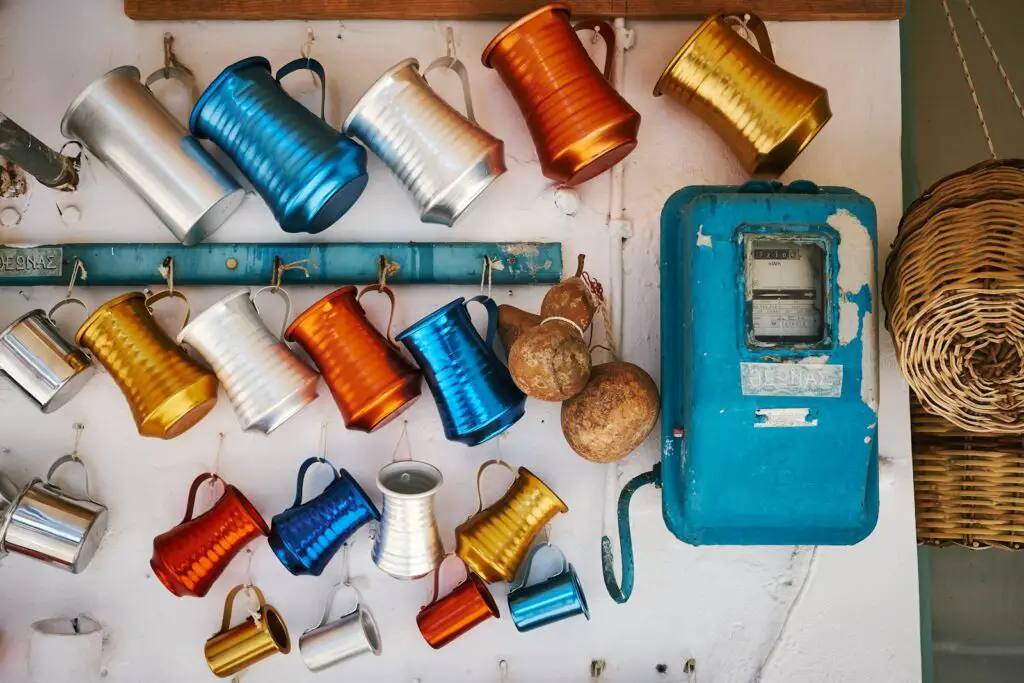
The local art scenes are evolving, with emerging trends reshaping the landscape. These trends reflect both global influences and unique local flavors.
Technological Integration
- Digital Art: Increasing adoption of digital tools and platforms allows artists to explore new mediums. Virtual galleries and online marketplaces offer exposure beyond geographical limits.
- Augmented Reality (AR) and Virtual Reality (VR): AR and VR are transforming how audiences interact with art. Museums and galleries incorporate these technologies to provide immersive experiences.
- Blockchain and NFTs: Non-fungible tokens (NFTs) revolutionize the concepts of ownership and distribution, providing artists with new revenue models.
Community and Inclusivity
- Grassroots Movements: Increased focus on community-driven projects fosters inclusivity and accessibility. Pop-up galleries and public art installations engage local audiences and democratize art appreciation.
- Diverse Voices: Emphasis on representing diverse voices and cultures within art scenes is gaining momentum. Initiatives aimed at amplifying underrepresented artists promote equity.
- Collaborative Platforms: Artists are increasingly leveraging collaborative platforms to co-create and share resources, enriching their creative processes.
Sustainability
- Eco-friendly Practices: Sustainability is becoming central to artistic practices. Artists are experimenting with recycled materials and eco-friendly methods to minimize their environmental impact.
- Green Galleries: Galleries and art institutions are adopting eco-conscious operations, focusing on energy efficiency and waste reduction.
Education and Mentorship
- Workshops and Residencies: Growth in educational programs and artist residencies supports skill development and professional growth. These initiatives foster innovation and knowledge exchange.
- Tech-Integrated Education: Art education integrates technology, emphasizing digital literacy alongside traditional techniques. This prepares the next generation of artists for a tech-driven world.
Market Dynamics
- Local Patronage: There is a burgeoning interest in supporting local artists, driven by a desire to invest in community culture. Buyers are increasingly seeking unique, locally-produced works.
- Art Tourism: Cities are leveraging their art scenes to promote cultural tourism. Art festivals and biennials attract international visitors, boosting local economies.
The future trends in local art scenes illustrate an intertwining of technology, community, and sustainability, reflecting broader cultural shifts.
Conclusion: The Impact of Engaging with Local Art
Engaging with local art has numerous positive effects on individuals and communities. It enriches personal experiences, fosters community pride, and contributes to the economy.
Cultural Enrichment
- Personal Growth: Exposure to diverse artistic expressions fosters personal growth and broadens perspectives.
- Educational Benefits: Local art serves as an educational tool, teaching history, culture, and social issues.
- Emotional Connection: Art provides emotional outlets and can enhance mental health by offering therapeutic benefits.
Community Pride and Identity
- Shared Experiences: Participating in local art events creates shared experiences that bond community members.
- Identity Formation: Local art reinforces collective identity, preserving unique cultural characteristics and traditions.
- Public Spaces: Murals, sculptures, and public art projects transform urban areas, making them vibrant and aesthetically pleasing.
Economic Contributions
- Job Creation: Supporting local artists generates employment in creative fields and related industries.
- Tourism: Art festivals, galleries, and performances attract tourists, boosting local businesses.
- Real Estate: Art-rich communities often see increased property values and investment.
Social Impact
- Inclusivity: Local art is accessible to a diverse audience, promoting social inclusivity and breaking down barriers.
- Community Involvement: Art projects and events encourage civic engagement and volunteerism.
- Networking: Artists and art enthusiasts form networks that foster collaboration and innovation.
Preservation and Innovation
- Cultural Heritage: Local art preserves cultural heritage, ensuring that future generations can experience and learn from it.
- Innovation: Local artists often experiment with new techniques and ideas, driving artistic innovation.
Local art significantly shapes the social and economic fabric of communities, making it a valuable aspect of urban and rural development. By investing in and engaging with local art, individuals and communities reap myriad benefits that extend far beyond aesthetic appreciation. Thus, involvement in the local art scene transcends mere hobby; it becomes a pivotal element of cultural and economic prosperity.

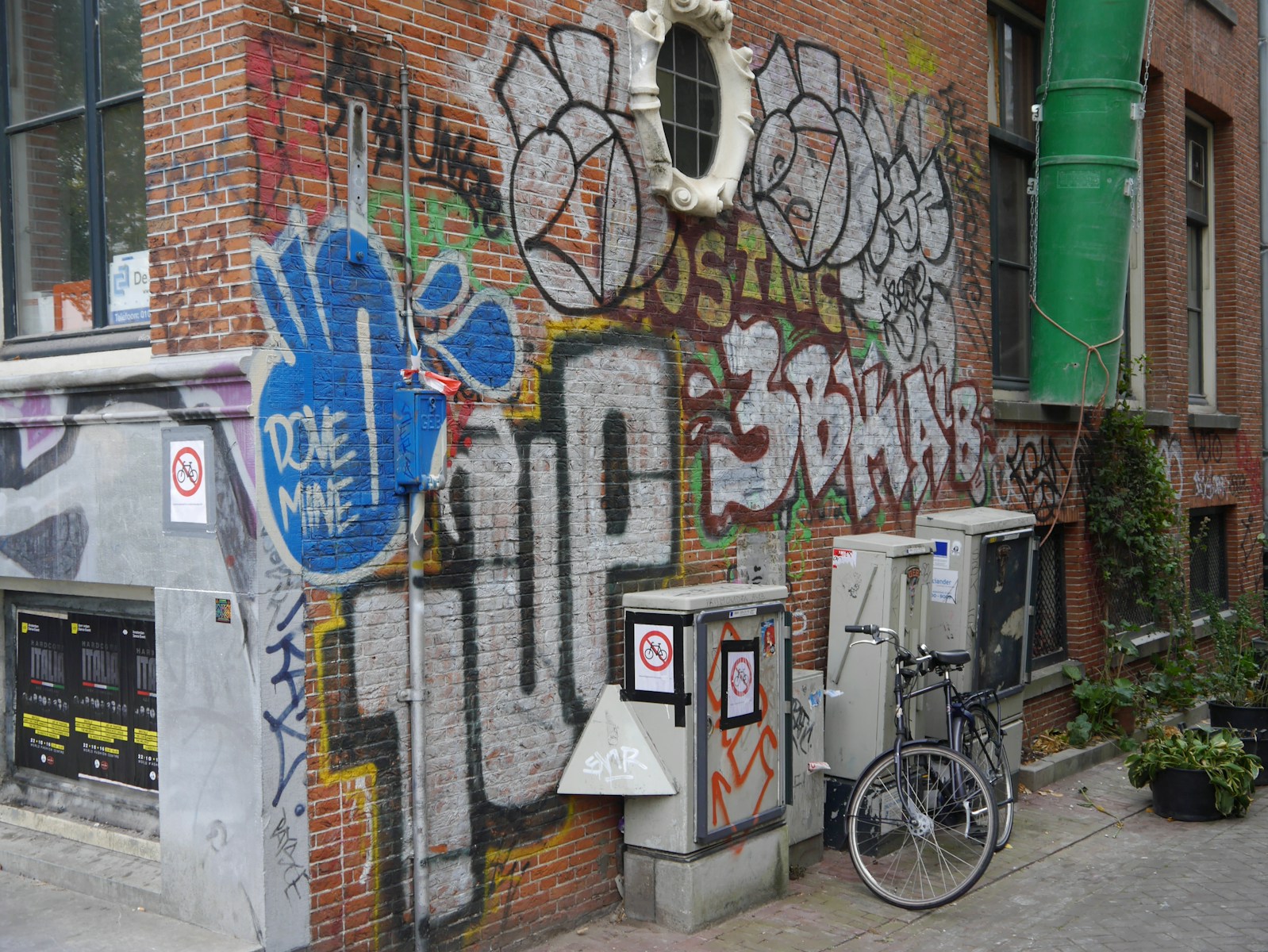
Leave a Reply